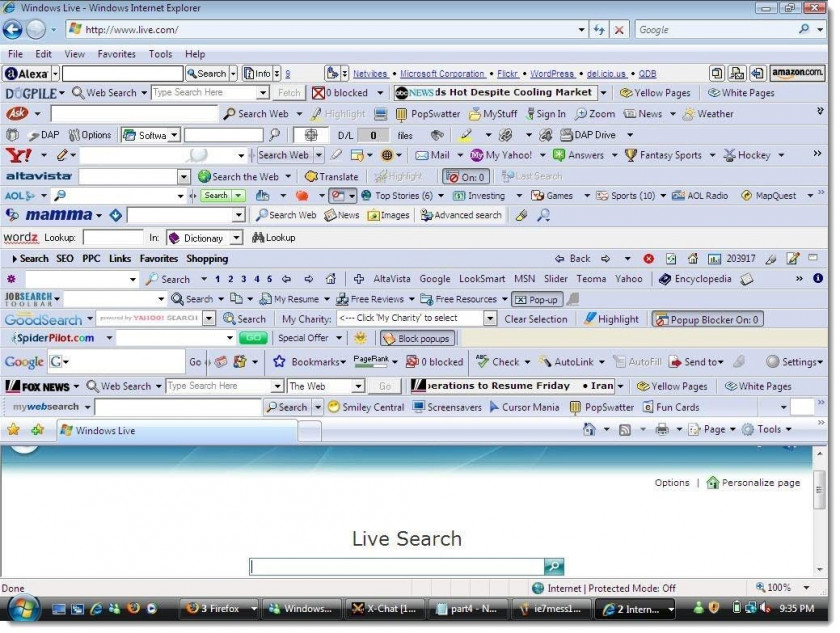While using templates might be tempting, only a custom WordPress site will fulfill your needs completely. Find out why!
Developing a custom-made WordPress website is like visiting a tailor
It’s just for you. There’s no way you encounter another webpage that looks the same – as you would if you’d decide to go with templates.
We’re not saying that using pre-existing solutions is wrong. A template might be exactly what you need, as there are plenty great ones out there. We’re simply stating that – if you want something that suits your needs perfectly – we’ve got you. Sorry for barging in with self-promotion. We promise not to do that too often.
Once the page is set up, through our own solutions you’ll be able to modify it within the grid we developed previously. It’s a huge convenience both for you and for everyone who’ll be working with your WordPress. You won’t need the developer’s help for a day-to-day work.
With custom WordPress you get everything: the code, the design, the idea
We’re not the ones to brag. Okay, maybe a little: for example, if you decide to work with us, we’ll provide you with everything after the project is completed. You’ll get the design, the code, and the project book for further development.


